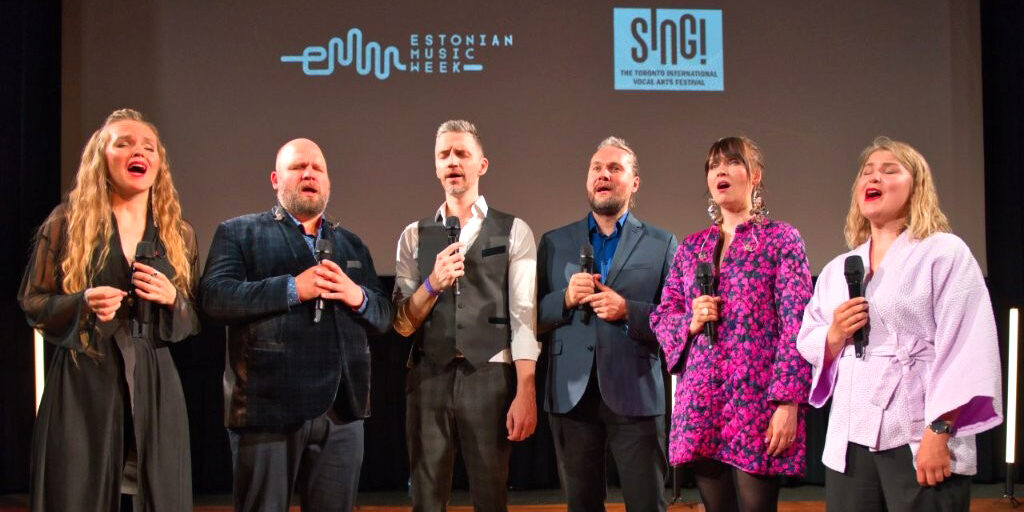Eesti viipekeel (EVK, or Estonian Sign Language ) is one of these. According to Merilin Miljan, of the Institute of the Estonian Language, EVK is “the first language of about 2,000 deaf people living in Estonia”, in addition to there being a number of Estonians who communicate with Russian Sign Language. This doesn't include deaf people who communicate verbally and use lip reading.
In the academic journal Sign Language Studies, Estonian linguist Kadri Hein-Loik writes of how the first Deaf school in Estonia was founded in Vändra, Pärnu County by a pastor named Ernst Sokolovski. This was in 1866, when Estonia was part of the Russian Empire. Along with minimal research comparing EVK to other sign languages like Finnish Sign Language, and also due to the high percentage of similar signs between EVK and Russian Sign Language, linguists have reached the conclusion that EVK is linked to Russian Sign Language in its origins. By extension, this would connect EVK to the French Sign Language Family, and going back far enough, to signs used by monks in the Medieval era. Conversely, Finnish Sign Language comes from Swedish Sign Language. Outside of Québec, deaf people in Canada commonly use American Sign Language, which also originated from French Sign Language.
EVK has taken on variations across regions and over time. The signs that are used can change, as can the rhythm in which they flow. Across the world, there are approximately 300 different signed languages, and if verbal languages are shared between two countries, it doesn't necessarily mean that the same sign language is used in both countries. For instance, Argentine Sign Language and Spanish Sign Language are different and wouldn't be declared “mutually intelligible.” Likewise, a signed language in one particular nation can have very different grammar from its verbal counterpart. There is a rich culture behind each signed language.
Though, it has often not been regarded that way. At the 2nd International Congress on Education of the Deaf, taking place in Milan in 1880, educators passed resolutions to ban the use of sign language in schools, based on what they deemed to be the “incontestable superiority of articulation”, or oral communication. These resolutions were addressed at the 1980 Congress in Hamburg and apologized for at the 2010 Congress in Vancouver, British Columbia. This recognition initiates a path to action and respect.
With the Language Act in 2007, EVK received official status as a language in Estonia. Most recently, Eesti Viipekeele Selts (the Estonian Sign Language Society) was founded in November 2020, with the aim to “popularize Estonian Sign Language and contribute to its development.” The educational system is becoming more informed, moving away from the time before the 90s when, as Kadri Hein-Loik describes, deaf children were considered to have mental disabilities due to challenges in speech acquisition.
Beyond the educational system and academic studies, one can't ignore the power of interpersonal communication and multimedia across Deaf communities. YouTuber Jari Pärgma performs Estonian Sign Language translations of songs like Kacey Musgraves' “Oh, What A World” and Ariana Grande's “thank u, next.” The shapes made by his hands are a conduit for the emotion of the lyrics. Love. Wonder. Confidence and toughness for the latter song. And in case we don't know Estonian Sign Language, we can see it in his facial expressions.
We think so much about how to communicate the Estonian language verbally, but there is much for us to learn with regard to sign languages, so that communication can take place between everyone. Communication, after all, is a cornerstone for meaningful relationships with our peers.
This article was written by Vincent Teetsov as part of the Local Journalism Initiative.




